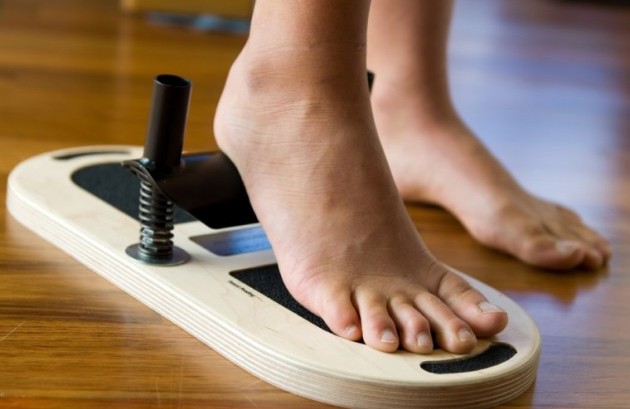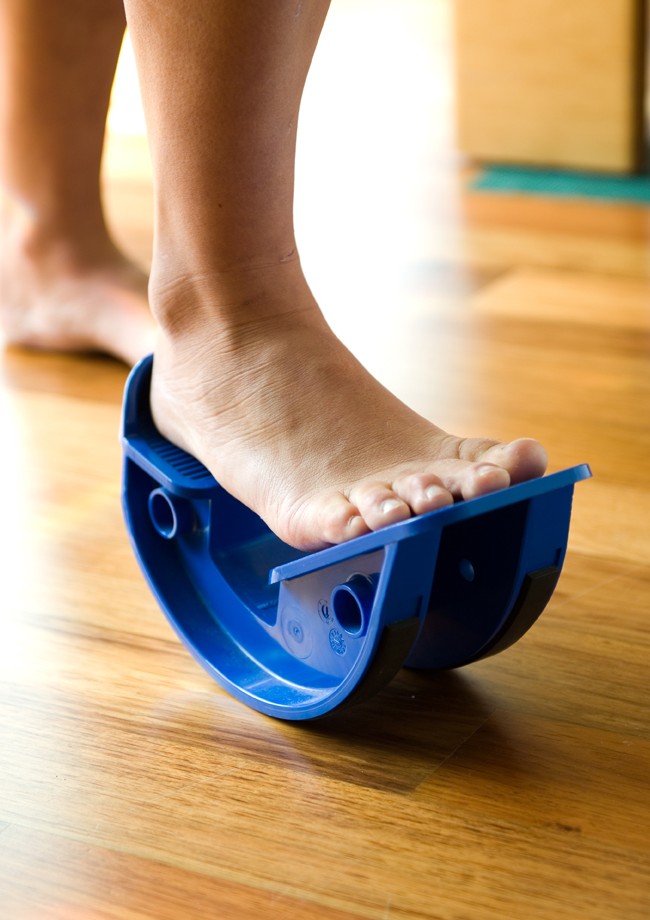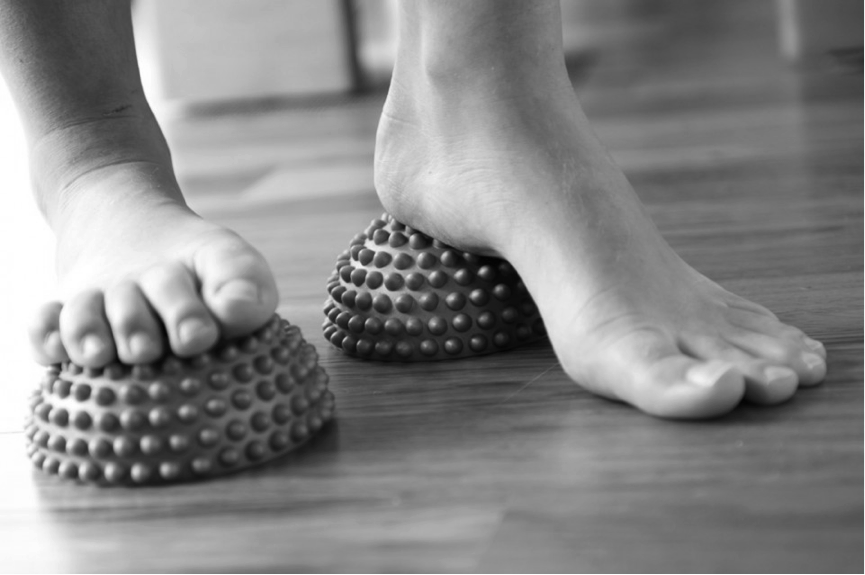Lateral ankle sprain – treatment and exercises
Tue,Sep 19, 2017 at 06:47PM by Douglas Wilson
Lateral ankle sprain and why you should promptly seek treatment
Lateral ankle sprain or LAS is the most prevalent musculoskeletal injury in Australia with 70% of the population involved in both recreational and competitive sports reporting a prior history. This frequent occurrence can lead many people to assume that “it will be right – things will get better by themselves”, which is not necessarily the case! If left untreated, musculoskeletal injury when young can have long term consequences that impact negatively on your future ability to exercise. As an adult it’s not always possible to fully wind back the clock by belatedly seeking appropriate treatment and undertaking the right exercises.
Given the participation rate of teenagers in sport and that lateral ankle sprain commonly occurs when young, from a physiotherapy point of view it’s important to focus on ongoing supervised rehabilitation of these injuries for a period of time as opposed to unsupervised home exercises with minimal progression. Supervised rehabilitation targeting areas that can be affected by lateral ankle sprain can go a long way to prevent the development of these consequences.

Lateral ankle sprain and chronic ankle instability
Pain and swelling that lingers after the occurrence of lateral ankle sprain can lead to the development of chronic ankle instability (CAI) characterised by chronic pain, repeated giving way and reduced functional capacity as a result of weakness and altered motor control. Lateral ankle sprains have the highest recurrence rate of all musculoskeletal injuries, particularly within the first year of recovery, resulting in approximately 40% of people who have suffered lateral ankle sprain going on to develop CAI accompanied by motor control deficits that can continue for up to one year post injury.

Grades of lateral ankle sprains and other complications
The continued presence of pain also warrants further investigation to rule out the presence of other pathologies possibly complicating the clinical picture, such as syndesmosis rupture, tendon dysfunction, chondral lesion, midfoot joint injury or fracture. Management of lateral ankle sprains depends on the grade of injury.
Grade 1 (mild, painful, minimal tearing of ligament) and Grade 2 (moderate pain with significant disruption of ligamentous fibres) will often respond well to physiotherapy intervention to reduce pain and swelling, manage weight bearing status, restore and maintain range of motion, retrain proprioception and strength and finally supervise the return to desired function. Grade 3 sprains (severe, sometimes not painful, complete rupture of fibres) have in the past been recommended to have surgery as soon as possible. However it’s now considered that conservative management and rehabilitation be conducted for 6 weeks with surgery considered if pain hasn’t resolved.

Douglas Wilson is a senior physiotherapist with Body Organics in Brisbane. Douglas is a big believer in hands-on treatment with special interests in Active Release Techniques, Muscle Energy Techniques, acupuncture and pilates for injury rehabilitation. He especially enjoys treating lower limb conditions as well as spinal pain and upper limb conditions such as shoulder impingement, tennis elbow and carpal tunnel.
 0
0 